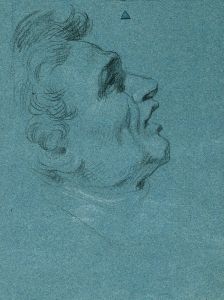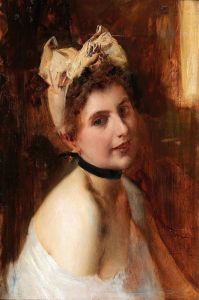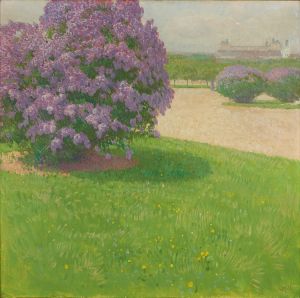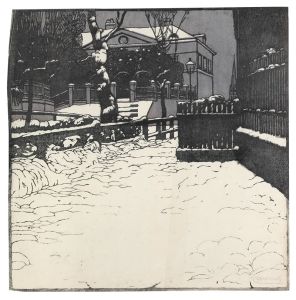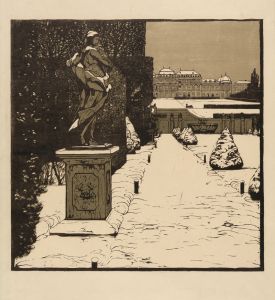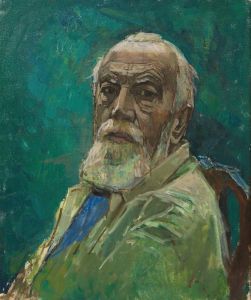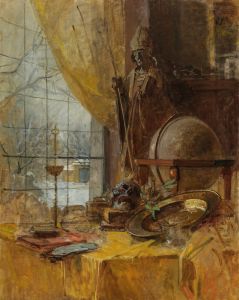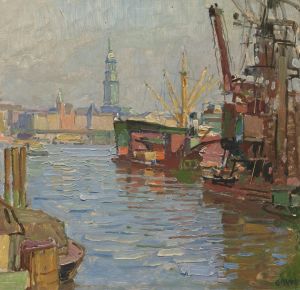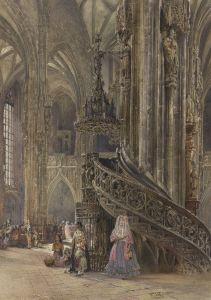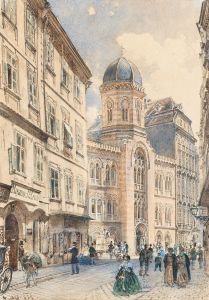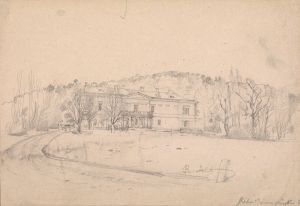
Ver Sacrum 1903 15 263 Altwiener Gartenhaus in Döbling
A hand-painted replica of Carl Moll’s masterpiece Ver Sacrum 1903 15 263 Altwiener Gartenhaus in Döbling, meticulously crafted by professional artists to capture the true essence of the original. Each piece is created with museum-quality canvas and rare mineral pigments, carefully painted by experienced artists with delicate brushstrokes and rich, layered colors to perfectly recreate the texture of the original artwork. Unlike machine-printed reproductions, this hand-painted version brings the painting to life, infused with the artist’s emotions and skill in every stroke. Whether for personal collection or home decoration, it instantly elevates the artistic atmosphere of any space.
"Ver Sacrum 1903 15 263 Altwiener Gartenhaus in Döbling by Carl Moll" refers to an artwork created by the Austrian painter Carl Moll, a prominent figure associated with the Vienna Secession movement. Carl Moll (1861–1945) was known for his contributions to modern art in Austria and his role in co-founding the Vienna Secession in 1897, a group that sought to break away from traditional academic art and embrace new, innovative styles.
The title of the artwork suggests that it depicts an "Altwiener Gartenhaus" (Old Viennese Garden House) located in Döbling, a district in Vienna, Austria. Döbling is known for its picturesque landscapes, vineyards, and historic architecture, making it a popular subject for artists of the time. Moll's work often focused on capturing serene and atmospheric scenes, and this painting likely reflects his interest in portraying the harmony between architecture and nature.
The reference to "Ver Sacrum" indicates that the artwork was published or featured in the magazine Ver Sacrum, the official journal of the Vienna Secession. Ver Sacrum (Latin for "Sacred Spring") was a highly influential art and design magazine that ran from 1898 to 1903. It served as a platform for Secessionist artists to showcase their work and ideas, emphasizing innovation and the integration of fine and applied arts. The inclusion of Moll's painting in the 1903 issue highlights its significance within the context of the Secessionist movement.
Carl Moll's style was characterized by a refined use of light and color, often influenced by Impressionism and Symbolism. His works frequently depicted tranquil interiors, gardens, and landscapes, reflecting a sense of order and quiet beauty. The painting "Altwiener Gartenhaus in Döbling" likely exemplifies these qualities, showcasing Moll's ability to capture the essence of a specific place and moment.
While specific details about this particular painting are limited, its association with Ver Sacrum and the Vienna Secession underscores its importance as part of the broader cultural and artistic developments in early 20th-century Vienna. The Vienna Secession played a crucial role in shaping modern art and design, and Carl Moll's contributions remain a testament to the movement's enduring legacy.





